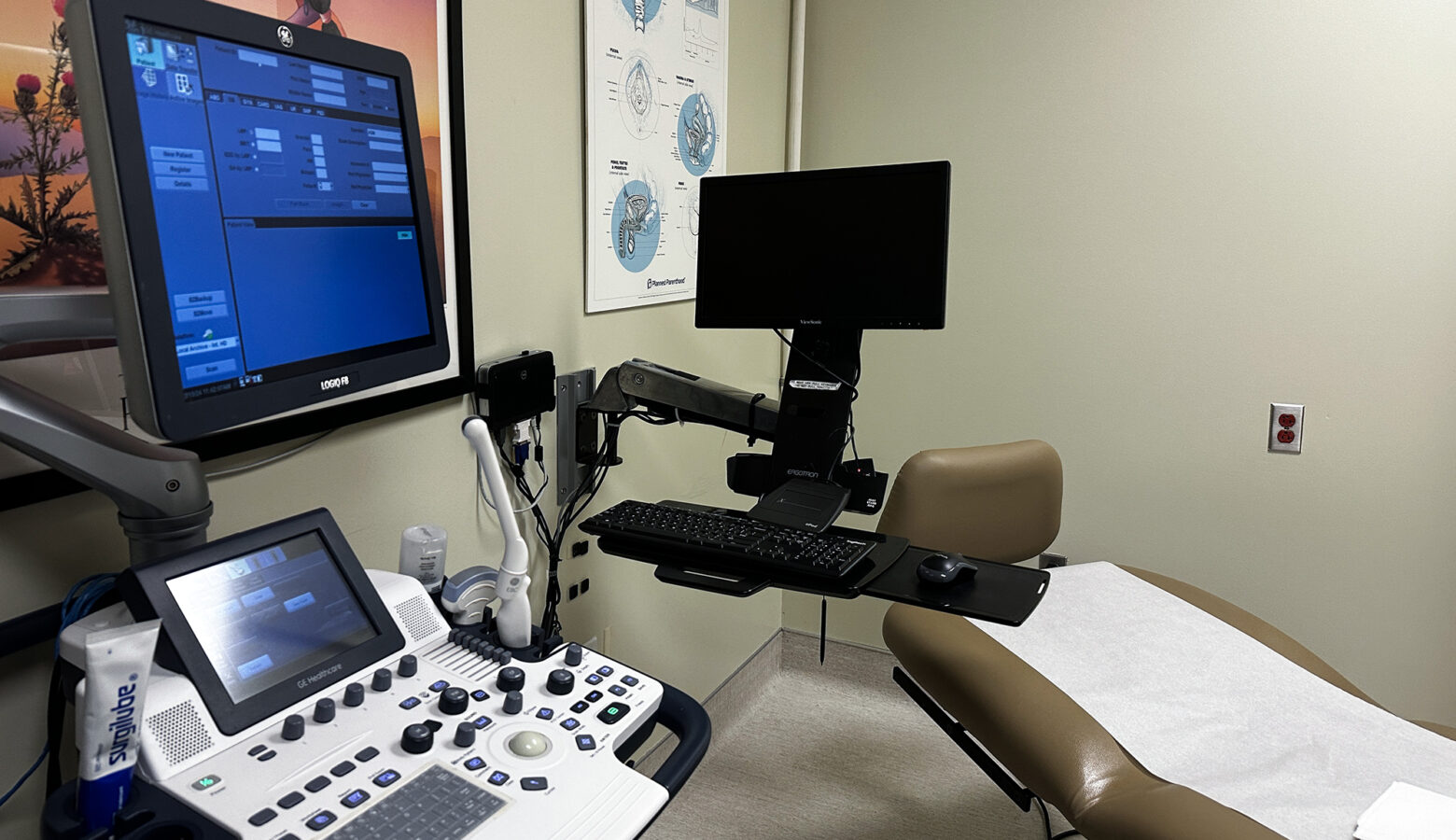Indiana medical programs graduate more students than residency spots. But growth requires funding

Indiana has been appropriating state funds for nearly a decade to increase the number of physician training opportunities. The state’s Graduate Medical Education Board plans to ask lawmakers for more money following a record number of applications for funding this year.
Medical schools in Indiana currently graduate more students than the state has the ability to train in residency spots. The GME board provides grants to help establish or expand those medical residency programs.
Lucas Norrington, with the GME board, said the board will ask for more funding to continue its work to create more opportunities for physicians to train in Indiana.
“This year, all programs were approved regardless of whether they were new or just expanding,” Norrington said. “That might change come next year.”
The board has received about $43 million in state funding since it began. Since 2015, GME board funds have supported the training of more than 260 medical residents, in part, to retain more providers in the state.
“A lot of the seeds that the board has planted several years ago are starting to bear fruit, and so some really exciting impacts for the state,” Norrington said.
In order to expand on that growth, the GME board plans to request an increase in funding. Norrington said these grants come with certain responsibilities.
“[The grants] are broken down into three main categories, but each has the expectation that the institution, the health system, the entity will match at 25 percent,” Norrington said.
The board’s grant process includes three steps. New programs start with a feasibility study.
“It’s a one year commitment of $75,000 to do a study of the community and the surrounding area,” Norrington said. “If we attempt to host a residency here, will it likely work or will this likely be a flop?”
Join the conversation and sign up for the Indiana Two-Way. Text “Indiana” to 765-275-1120. Your comments and questions in response to our weekly text help us find the answers you need on statewide issues, including our project Civically, Indiana.
Norrington said not every system that’s participated in a feasibility study has moved onto the next step.
“It’s shown the board’s been able to be intentional with the funds that they have,” Norrington said.
The second step is program development, which Norrington describes as “building the house that a residency would move into.” This can include buying equipment, building a teaching space or hiring staff.
“The biggest kind of hinge point, pivot point of this is the program needs to have hired a program director before those funds can be awarded,” Norrington said. “This [step] is a commitment of two years, $500,000.”
Then, programs can apply for the third step: residency expansion. This step is where a majority of GME board funds go.
“It’s $45,000 per year of residency training for a resident,” Norrington said. “If I’m a resident and I want to study family medicine, I’ll have three years in my track. $45,000. I would have a grant value of $135,000.”
Norrington said the board has funded the establishment of nine new programs, with five of those likely to be ready for residency expansion in 2026.
The funding helps bridge the gap between the establishment of a residency program and when it will start receiving federal funding through the Centers for Medicare and Medicaid Services.
Abigail is our health reporter. Contact them at aruhman@wboi.org.

